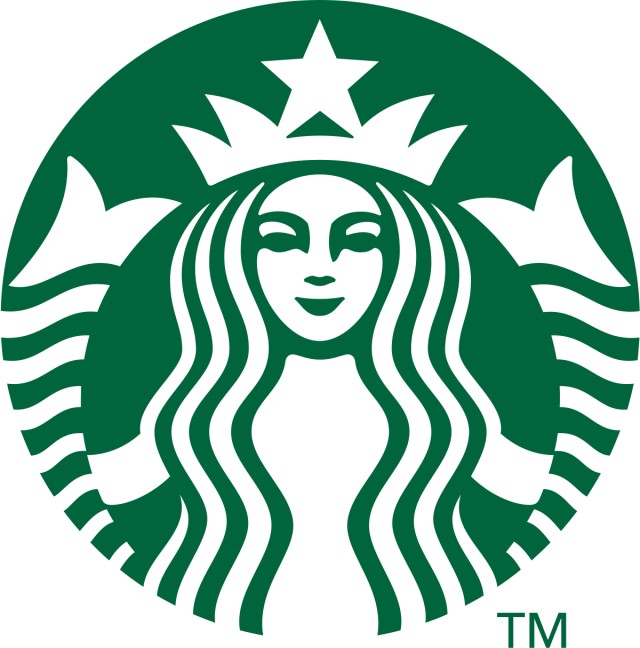
Psychological marketing techniques have transformed modern retail, with giants like Starbucks leading the way in implementing these strategies. I listened to a talk about them here. So, let's explore five evidence-backed psychological marketing tactics they use that demonstrate measurable ROI in retail settings.
Let's examine five evidence-backed psychological marketing strategies demonstrating measurable ROI for Starbucks.
The Decoy Effect
The decoy effect works by offering the customer three options. When presented with three choices, most people gravitate toward the middle. So, say you have two items, a cheap and costly product. Now, if you add a super expensive item, many people will tend to the middle, so they will buy the costly item because it does not look so expensive. The super costly item has increased the sales of the costly item.
This psychological principle drives significant revenue for businesses like Starbucks.
Bundling and Promotions
Could you make bundles with a base product and additional items? Many people who want the base product will often buy more with a bundle.
The whole is more appealing than the items individually; your items appear more attractive when presented in a bundle.
Consider bundling good-selling items and bad-selling items together. It's a great way to get rid of unsellable stock.
Charm Pricing
Charm pricing involves setting prices just below a round number (e.g., $3.99 instead of $4.00). This tactic makes products seem more affordable and can drive faster purchasing decisions as people see it as $3 rather than $4.
Making it 95 cents rather than 99 cents works better in many retail settings, as it creates a perception of better value. It is also easier in Australia to handle cash, as we have a five-cent but not a-cent piece.
Although it was not mentioned in the talk. Many Chinese people live in Australia. To Chinese people, 8 is a lucky number, so if someone wants to experiment with, say, 3.88, please let me know how it goes.
The Cashless Effect
Removing dollar signs from prices can also increase spending by making the transaction feel less significant. For example, you should not write $24.95 on a price but 24.95; you do not want to push a $ sign at people.
People also tend to buy more with cashless payments. Although it costs more to process cashless payments, people tend to buy more if the sale is cashless.
Building Emotional Connections with Customers
Creating emotional customer connections is vital for building loyalty and driving repeat business. Starbucks, for example, always asks for your name for each order.
Offer customised loyalty programs and personalised recommendations based on customers' interests or past purchases. Your POS System has a free CRM; why not use it?
Conclusion
These five psychological marketing strategies have significantly enhanced customer engagement and shop sales.
Update:
Although this talk did not mention it, what Starbucks does is a tactic.
Scarcity
Starbucks offers limited-time offers, like the Pumpkin Spice Latte, for a short time. Customers rush to try exclusive drinks before they disappear.


